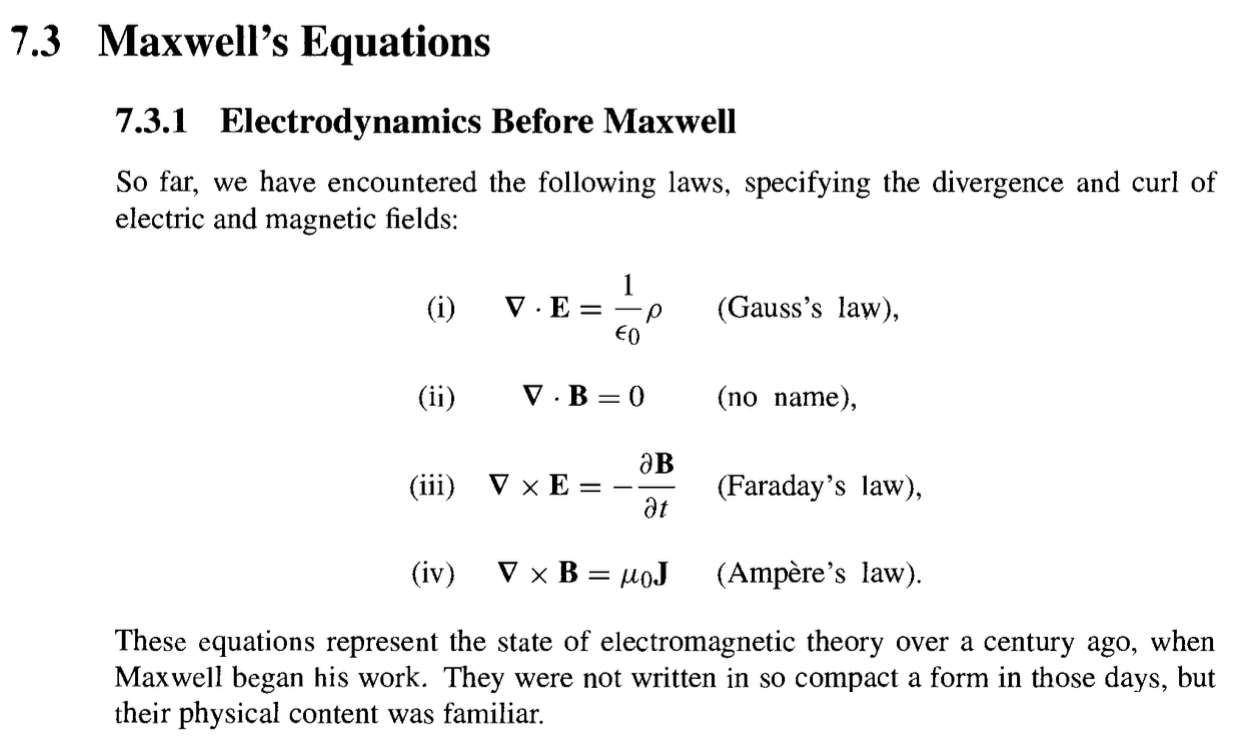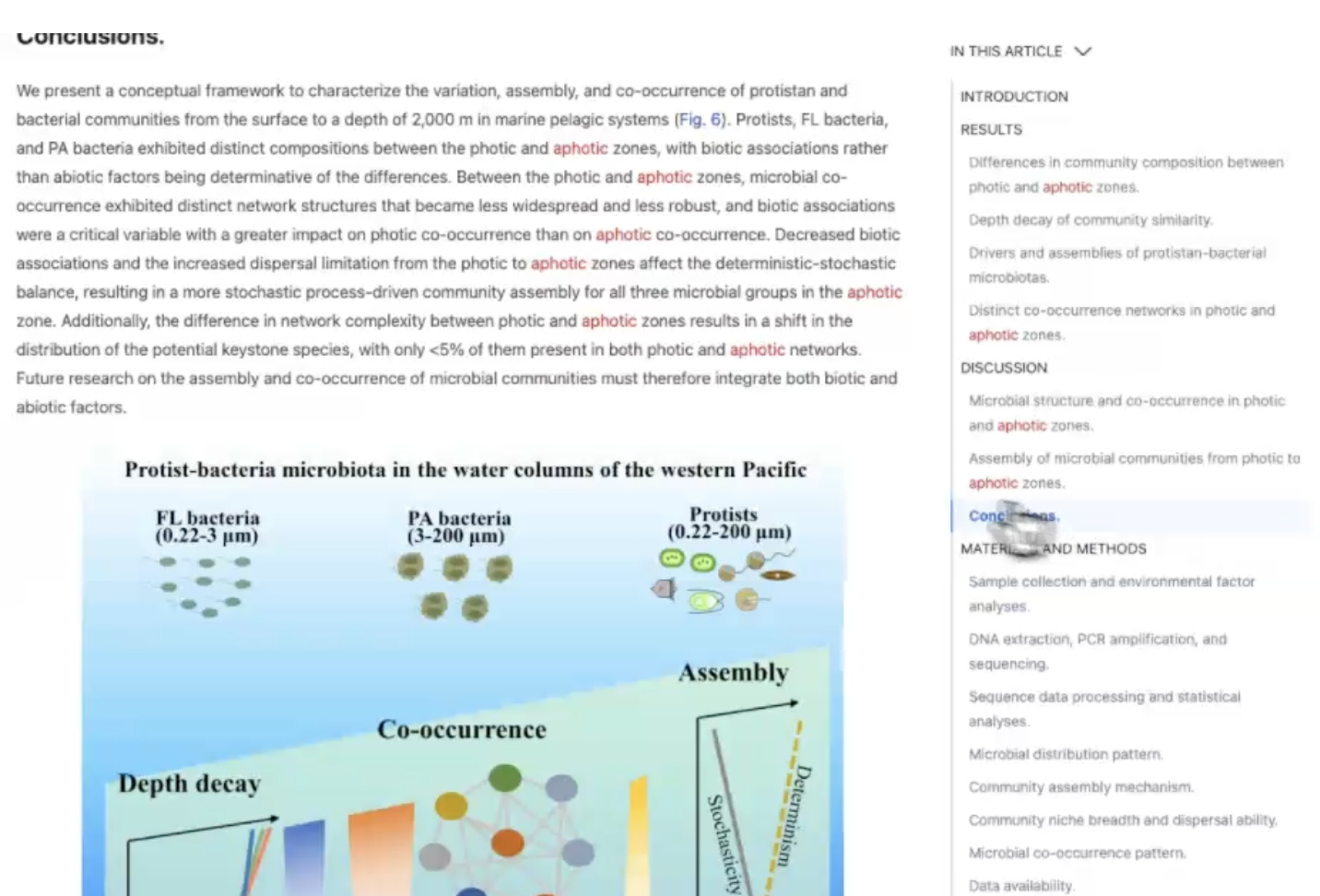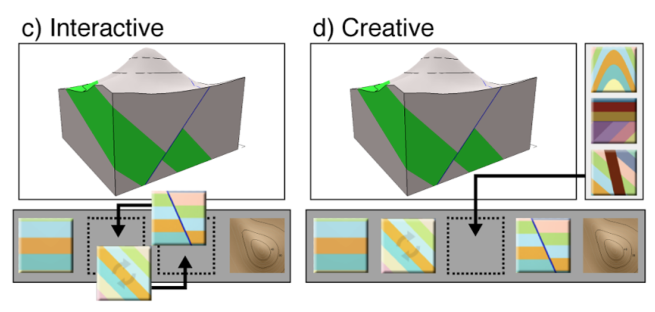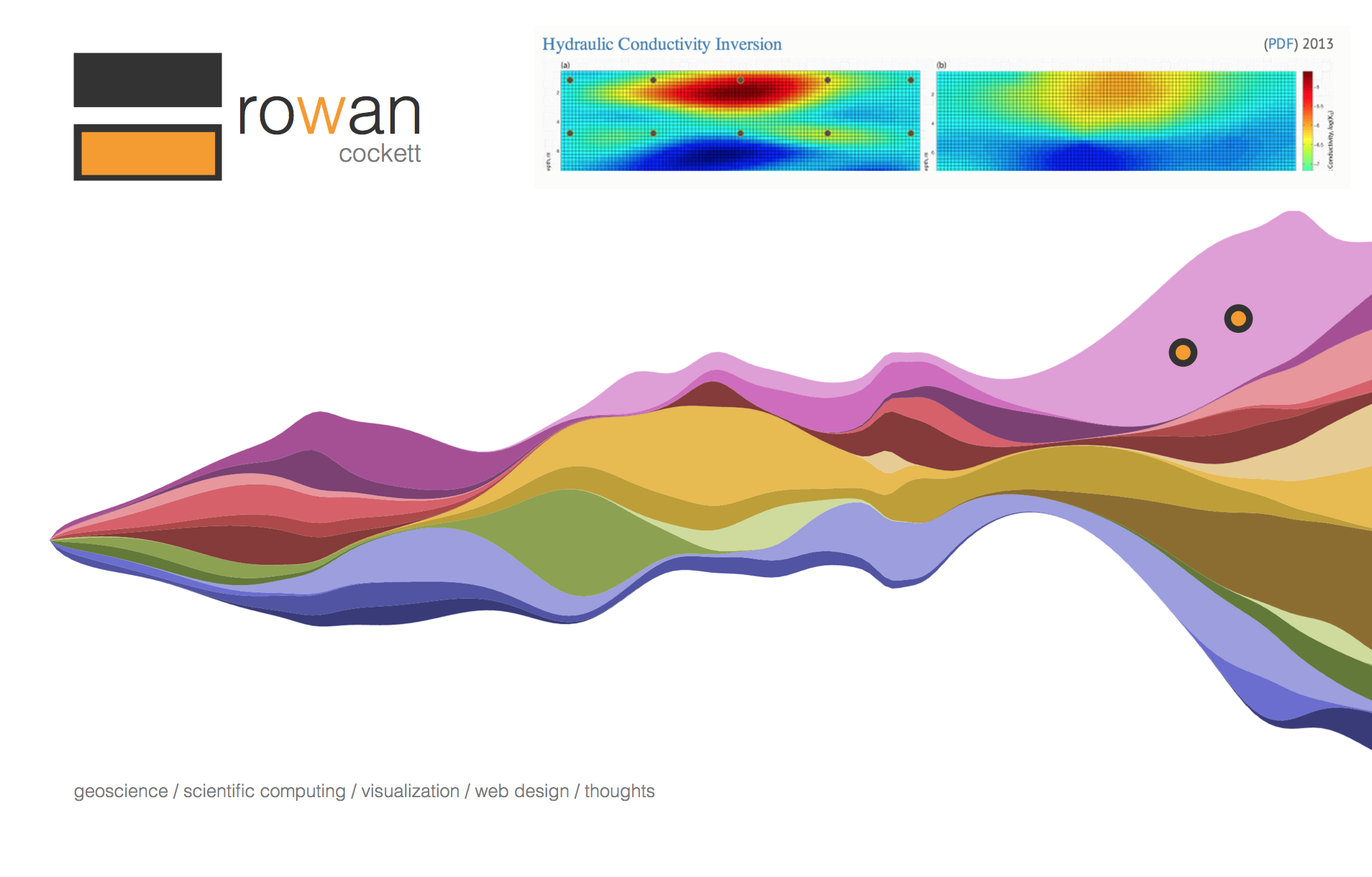
On Breakthroughs
There are two parts to research: punching through the bounds of our current knowledge, and cleaning up the damage that is done by that breakthrough. One is glamorous, one is tedious. One is glorified, one is janitorial. Both are necessary.
Sticks and Tents¶
Visualize a tent with a bunch of ‘researchers’ inside. The researchers are armed with their sticks, unceremoniously poking through the bounds of the tent. Trying to reach the knowledge on the other side. If you manage to hit something (which is a pretty lucky even in itself), the tent will need to be re-sown to include that new knowledge. You must follow the threads back carefully to see what else must change. If you focus exclusively on the stick poking, you may be able to balance on the end of your stick to get another poke, but this is a treacherous activity, and the knowledge may crumble around you, letting you fall back into the tent so far below. If you focus exclusively on fabric generation, then you will make a blanket. Our goal is to build a tent. A temporary structure to gather inside, and poke at the universe. Hoping that the whole structure will be blown away such that we can glimpse at a mountain in the distance before the fabric descends again. Our structures are temporary, our tools are primitive.

Creative Commons License from G. C. Katz who apparently “became a scientist because I like poking things with sticks.”
Maxwell and Heaviside¶
Perhaps you have heard of Maxwell’s equations. Maxwell punched through the fabric of our knowledge and proposed a set of twenty equations and twenty variables that tied together magnetism and electricity. Part of re-sewing the fabric of our knowledge is figuring out how to communicate this to the stick poking researchers. It was Oliver Heaviside who took these cumbersome twenty equations and helped to develop a new language, the language of vector calculus, so that we could communicate these results simply, easily, and pass the message of the breakthrough in a digestible and usable way. The ‘Maxwell-Heaviside’ equations are four equations and four variables. These are how we have used them for the last 130 years. These are elegant. These are known as Maxwell’s equations. In many introductory textbooks, Heaviside does not even get a footnote.
Creation and Curation¶
The curation of an idea is just as important as the creation of that idea. Perhaps as a discipline we forget that all breakthroughs are destructive events, someone needs to stitch the ideas together.
Our system values one contribution over the other. We are promoting a community of researchers who are poking through blankets. We don’t even have the option to stand on each others shoulders. The system is forcing us to crawl. We do not have the ability to talk above the howling noise. We need the language, the people, and the space in which to have a conversation. To quietly contemplate which piece of fabric to break through, and pull an idea back through.
See also¶
Frustrations¶
From Wikipedia on Heaviside:
Heaviside employed the curl and divergence operators of the vector calculus to reformulate 12 of these 20 equations into four equations in four variables (, , , and ), the form by which they have been known ever since (see Maxwell’s equations).

Griffiths, 1999 - Introduction to Electromagnetics

What if scientific articles were a bit more like IDEs and you could highlight a word and see where those abbreviations or words are used throughout the document.

Reflecting on creating tools for technical communication.


Seismic velocity in layers.

My motivations behind developing components.ink and a comparison to Tangle and Idyll Lang

Some ideas about the scholarly commons.